Bone from first identified stegosaur goes on display
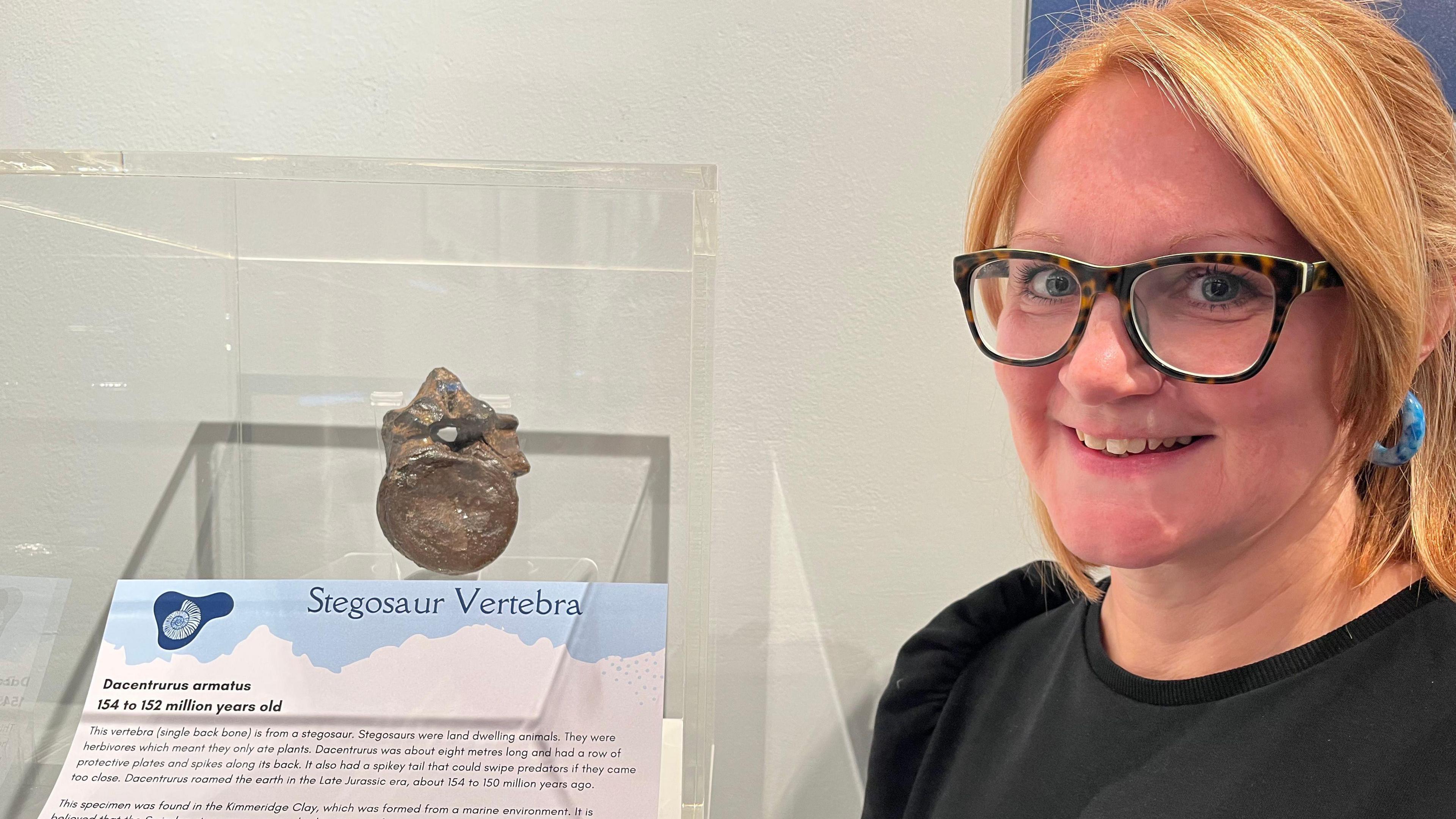
Elaine Arthurs curated the museum's exhibition, which includes the newly-acquired fossil
- Published
The backbone of the first stegosaur ever scientifically discovered will go on display at a new temporary fossil exhibition.
Swindon Museum and Art Gallery acquired the fossilised vertebra earlier this year, originally found in the town in the 1800s.
The exhibition is focused on Swindon in the Jurassic period, about 150 million years ago, and features a "sea monster" alongside other marine creatures.
Elaine Arthurs, from the museum, said: "Beneath our feet we can find hundreds of fossils, ammonites, large marine reptiles, it's so rich, it's an amazing place."
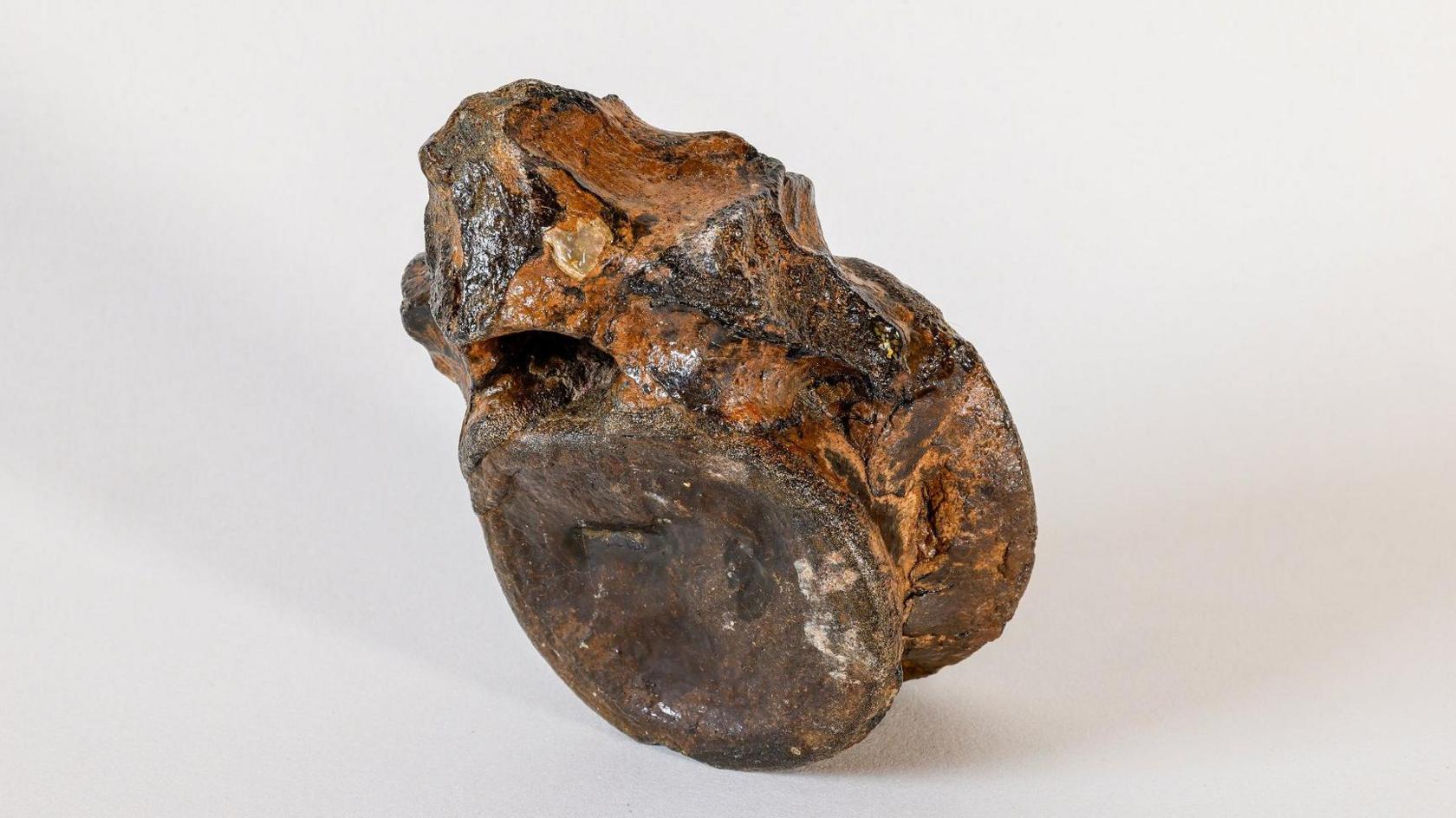
Most of this stegosaur is at the Natural History Museum in London
She explained it had been a popular place for Victorian fossil hunters.
"This is the first stegosaur to be found anywhere in the world.
"It was found in the 1870s, in one of the clay pits in Swindon and it was quickly taken to the Natural History Museum in London where the majority of the remains are still on display now," she said.
Experts do not know the bone's backstory, but it came up for sale earlier in the year and the museum purchased it, added Ms Arthurs.
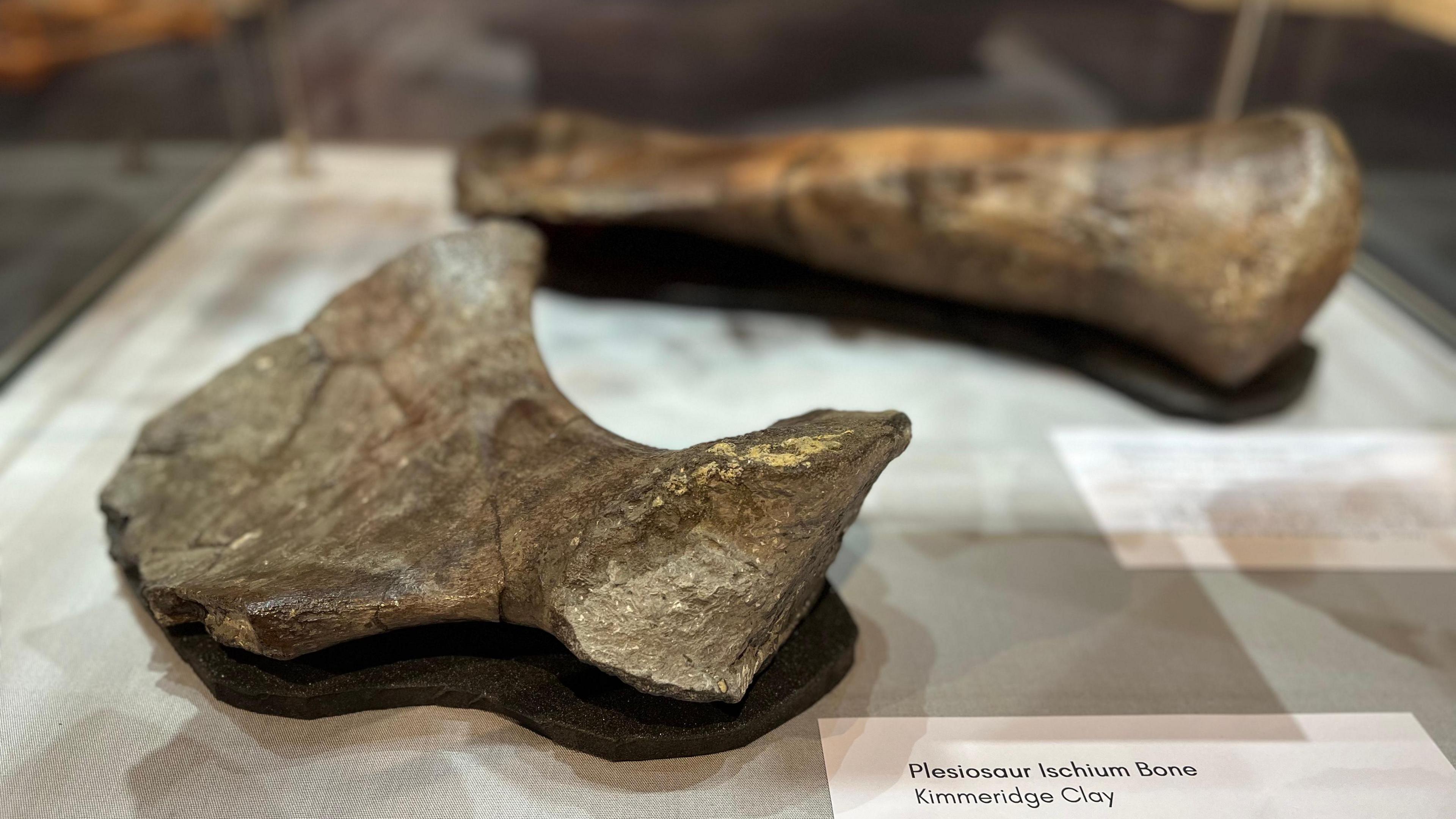
The exhibition includes parts of sea monsters too
Jurassic Swindon was completely underwater and had subtropical temperatures that are "very different to now", she added.
As a result, most of the fossils in the exhibition are marine - from ammonites to the huge backbone as pliosaur, which are sometimes called sea monsters because of their size, estimated to be about 10 meters (33 ft) high.
There are also pieces originally from Swindon on loan, like a tiny bone from the flying reptile the pterosaur, usually at Oxford Natural History Museum.
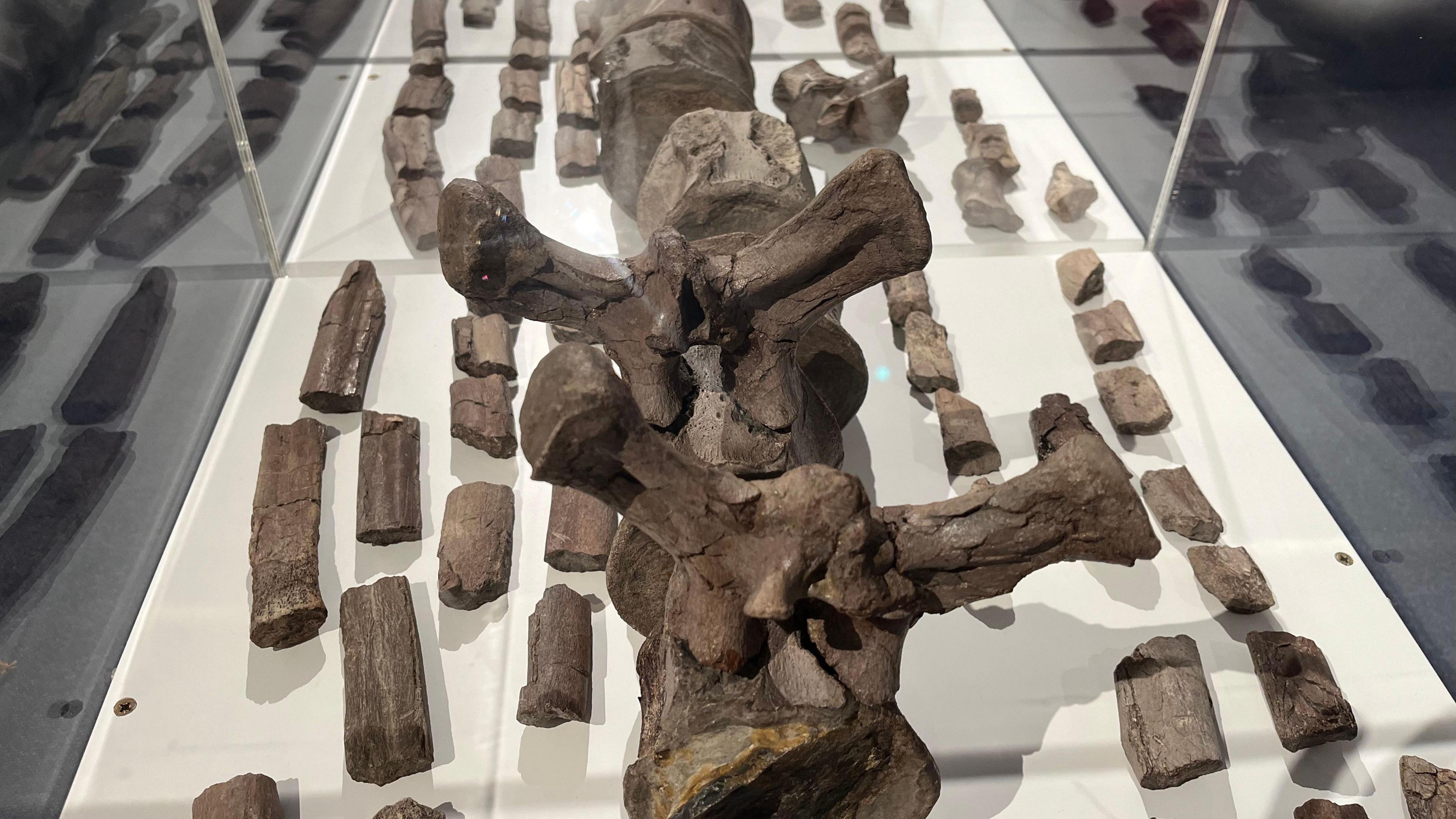
This huge fossil is from a pliosaur, a big sea monster
This raises the question of how a land-dwelling dinosaur like the stegosaur ended up in the sea.
Ms Arthurs said: "Sea levels around Swindon would have rose and fell over the years and there would have been land relatively nearby.
"What we think is that there would have been land dinosaurs roaming on these small islands and it's probably died, washed out to sea and then settled to the bottom."
Fossils Hunters: Unlocking Swindon's Jurassic Past will be based at the museum until 11 April 2026.
Get in touch
Tell us which stories we should cover in Wiltshire
Follow BBC Wiltshire on Facebook, external, X, external and Instagram, external. Send your story ideas to us on email or via WhatsApp on 0800 313 4630.
- Published27 January
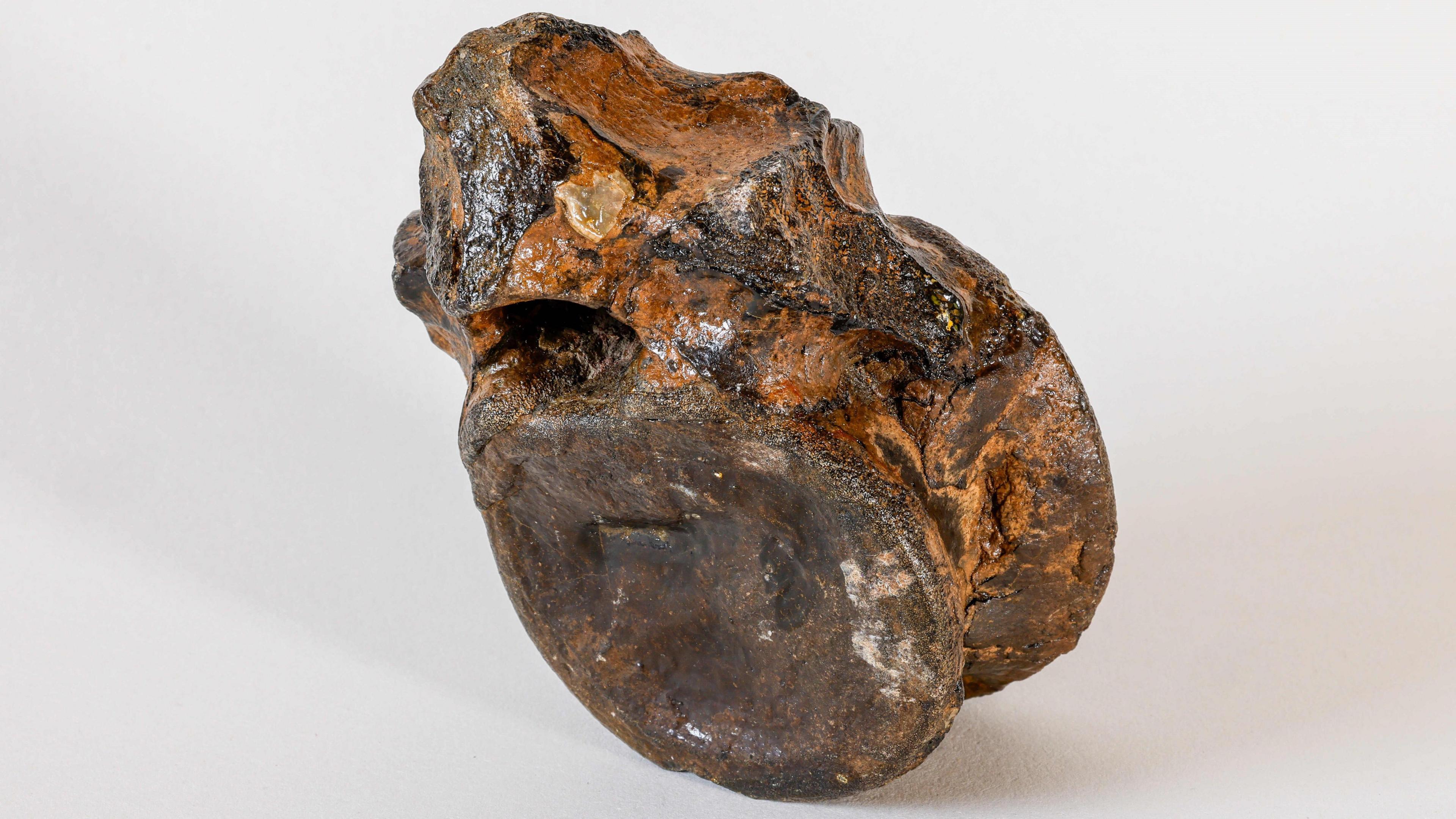
- Published1 June
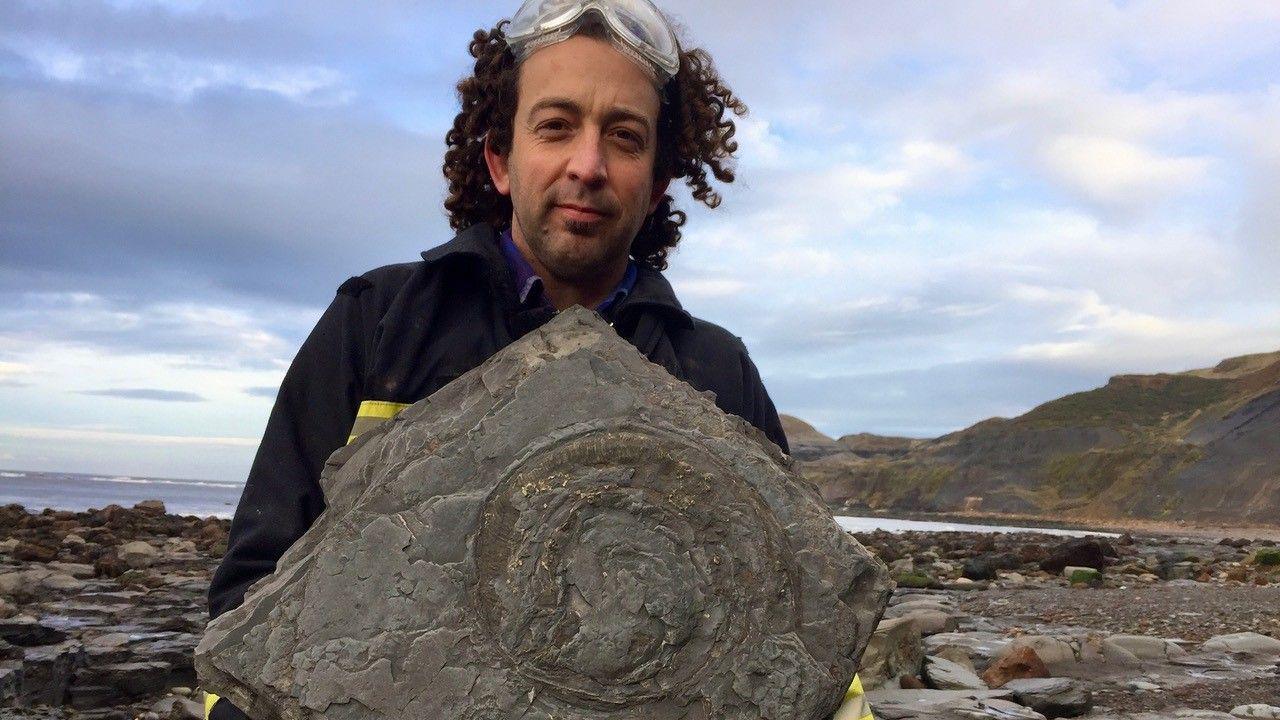
- Published22 April 2015